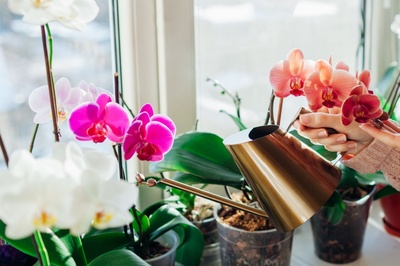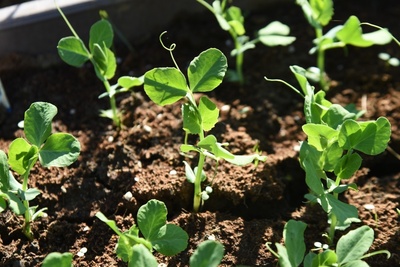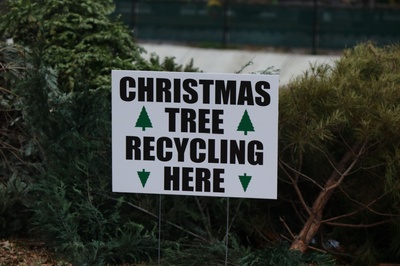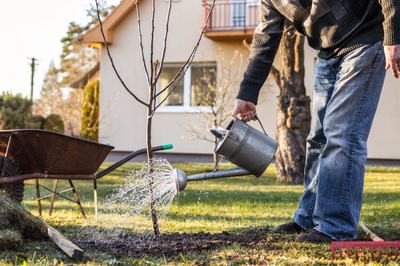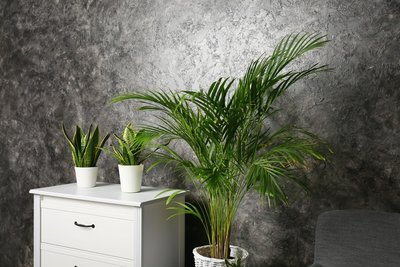
The areca palm (Dypsis lutescens AGM) is one of the most popular houseplants, and no wonder, with its slender arching yellow stems and feathery evergreen leaves. Known also as the bamboo palm, butterfly palm or golden cane palm, it originates from the forests of Madagascar. These plants can eventually reach around 2m (6.5ft) in height, but they grow relatively slowly indoors, so there’s no need to fear them taking over your home! And areca palms don’t just look good – they’re also good at removing toxins like formaldehyde from the air.
Areca palm care
Areca palms are tender plants, needing a temperature of above 15°C (59°F) all year round. They do best in bright but indirect light – you’ll know if they’re getting too much light, as their leaves will start to turn yellow.
The key to success with areca palms lies in getting the watering right. They don’t like to be neglected, so it’s important to water regularly, but they also can’t stand having their roots standing in water, and they prefer a slightly humid environment. To achieve all these conditions, follow these tips:
- Plant your palm in a container with good drainage, filled with multipurpose compost mixed with sharp sand.
- Stand the container on a drip tray filled with pebbles – this stops the roots sitting in water and provides humidity around the plant.
- Feed the plant once in spring with a slow-release fertiliser.
- In hard water areas, use rainwater or distilled water.
- Water regularly in spring and summer, enough to keep the compost just moist, and mist the leaves frequently.
- In autumn and winter, water more sparingly, allowing the compost to dry out slightly between waterings.
Problems with areca palms
Most of the problems you’ll encounter with areca palms are due to incorrect watering. While old leaves naturally turn brown and fall off, young leaves turning brown is usually caused by overwatering. Yellowing leaves can indicate underwatering, and brown leaf tips are a sign of cold draughts or a dry atmosphere.
Areca palms are also prone to attack by red spider mites and mealybugs. Red spider mites are tiny and hard to see, but mottled, yellowing leaves are a sign of their presence. The mites gather on the undersides of leaves, and if the infestation is heavy, you’ll see fine webbing between leaves. Areca palms are less prone to red spider mites in humid conditions, so regular misting will help to keep them at bay. To get rid of spider mites, use a shower head to spray the undersides of the leaves or gently wipe with soapy water.
Mealybugs are sap-sucking insects that look like small fluffy white deposits on the stems or leaves of the plant. To get rid of them, hose the plant down with a showerhead, using tweezers afterwards to remove any particularly stubborn bugs.
Houseplants add style to any home, and we’ve got a fantastic range available in our centre. Come and visit us to find the plant that’s right for you.

